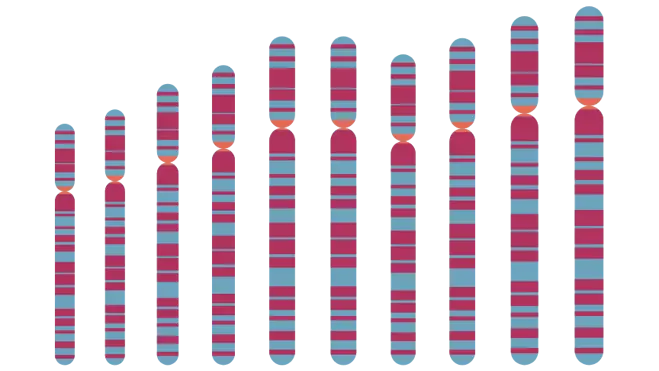Adverse reactions
Reporting of diseases
The risk of a donor child developing a serious illness is lower than the average risk for all children. This is the direct result of our tough screening requirements, as part of which we reject all men who do not live up to our requirements or are detected as carriers.
If your child is diagnosed with a serious illness or you suspect that something is wrong, it is vital that you inform us or your chosen fertility clinic. This will help us ensure that other children do not develop the same illness. In such cases, we carry out an in-depth evaluation in cooperation with the Danish Patient Safety Authority.

Adverse reactions
What do we do if a donor child contracts a serious disease?
If a child conceived through donor sperm contracts a serious disease, we carry out a genetic risk assessment in order to establish the likelihood of this genetic disease arising in other donor children. This is known as the "Repeat Risk".
The evaluation is carried out by our Medical Director, who is an expert in clinical genetics with more than 20 years of experience in the field. We'll be in contact with the Danish Patient Safety Authority throughout the process.
What does the process look like?
When we receive notification that a donor child has developed a serious disease, the process tends to look like this.
We receive notification
The informant can be the clinic, the parents, etc.
We gather consent
We gather consent from the parents of the child in order to gather relevant medical information pertaining to the case.
Our Medical Geneticist evaluates the case
Our Medical Geneticist, who is a clinical geneticist, evaluates the case. There are two possible outcomes of this risk assessment.
The donor is cleared for further donations
In the majority of cases, the risk assessment determines that there is no increased risk of continuing to work with the donor.
The donor is temporarily blocked
This means that their sperm will not be available for purchase and that it cannot be used while we evaluate if the donor poses a risk.
The donor undergoes further testing
We assess whether the donor is responsible for the child's disease. For example, we might test the donor for the same genetic fault with which the child has been diagnosed. The donor remains blocked.
The assessment is completed
There are two possible outcomes of the risk assessment:
The donor is not responsible
If the donor is not a carrier of the genetic fault with which the child has been diagnosed and the block is lifted. In cases where the child has not received a concrete diagnoses, we determine whether there is a risk of other donor children developing the same disease. According to the Danish Tissue Act, the donor does not pose an increased risk if this risk falls below 1%.
The donor is responsible
The donor is permanently blocked. The donor is considered responsible if they are a carrier of the genetic fault with which the child has been diagnosed. A donor might also be blocked permanently if the reported diagnoses lead to a suspicion that continuing to use the donor will result in increased risk.
Donors are rarely considered responsible for diseases developed by donor children, as most serious diseases are not inherited.
How do we notify the relevant parties?
We aim to notify the affected parties in the best manner possible. Feel free to get in touch if you have any questions.
The donor does not pose a risk
If our geneticist determines that there is no increased risk of continuing to work with the donor, the only people notified are the informant and the Danish Patient Safety Authority.
The donor is temporarily blocked
If our geneticist determines that there is an increased risk of continuing to work with the donor, we forward this information to clinics who have used his sperm for treatment, the informant, and the Danish Patient Safety Authority.
The block is either lifted or made permanent
We forward information to clinics who have used his sperm for treatment, the informant, and the Danish Patient Safety Authority. If the sperm donor is blocked permanently, we also forward this information to those using our facilities to store the sperm in question.

